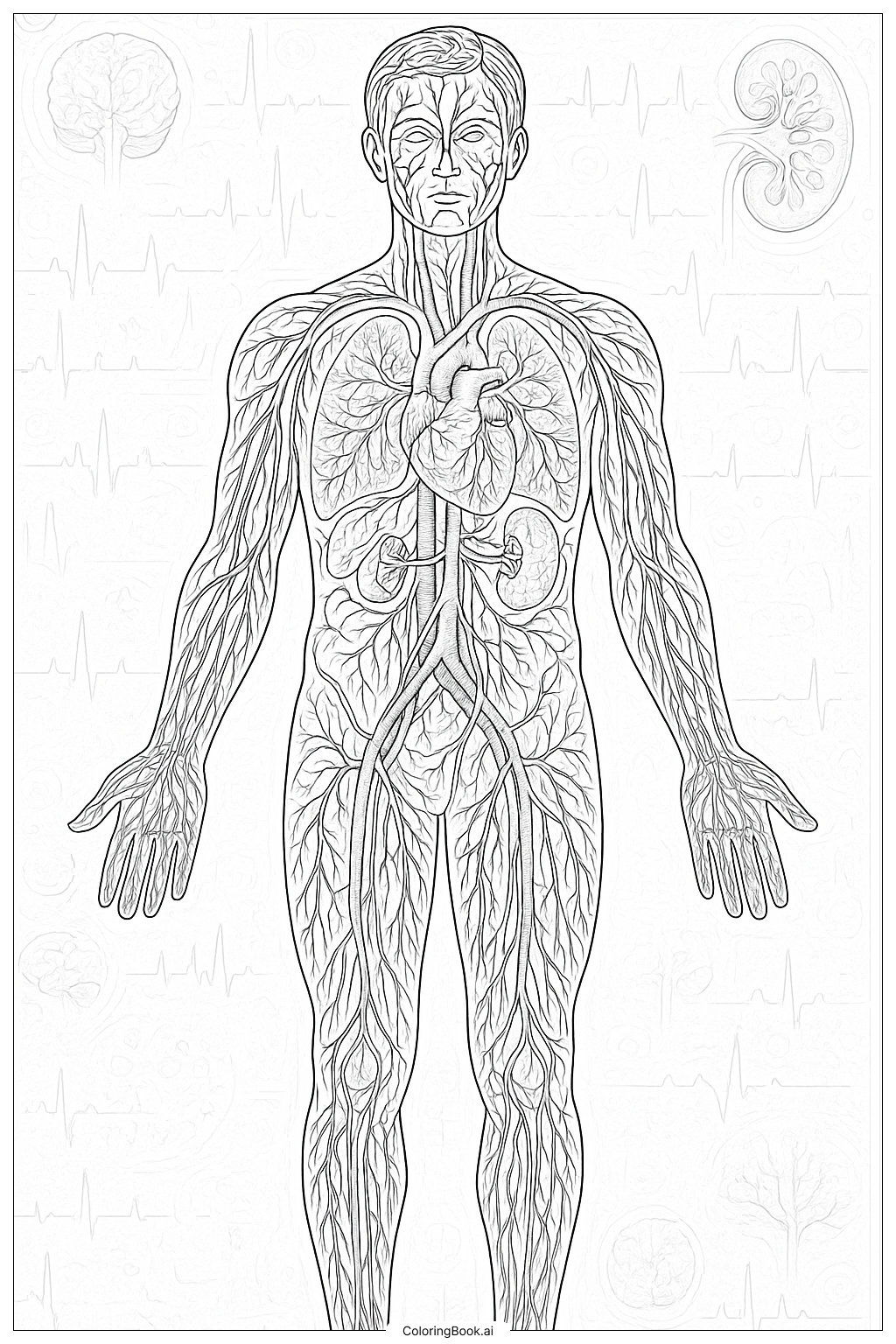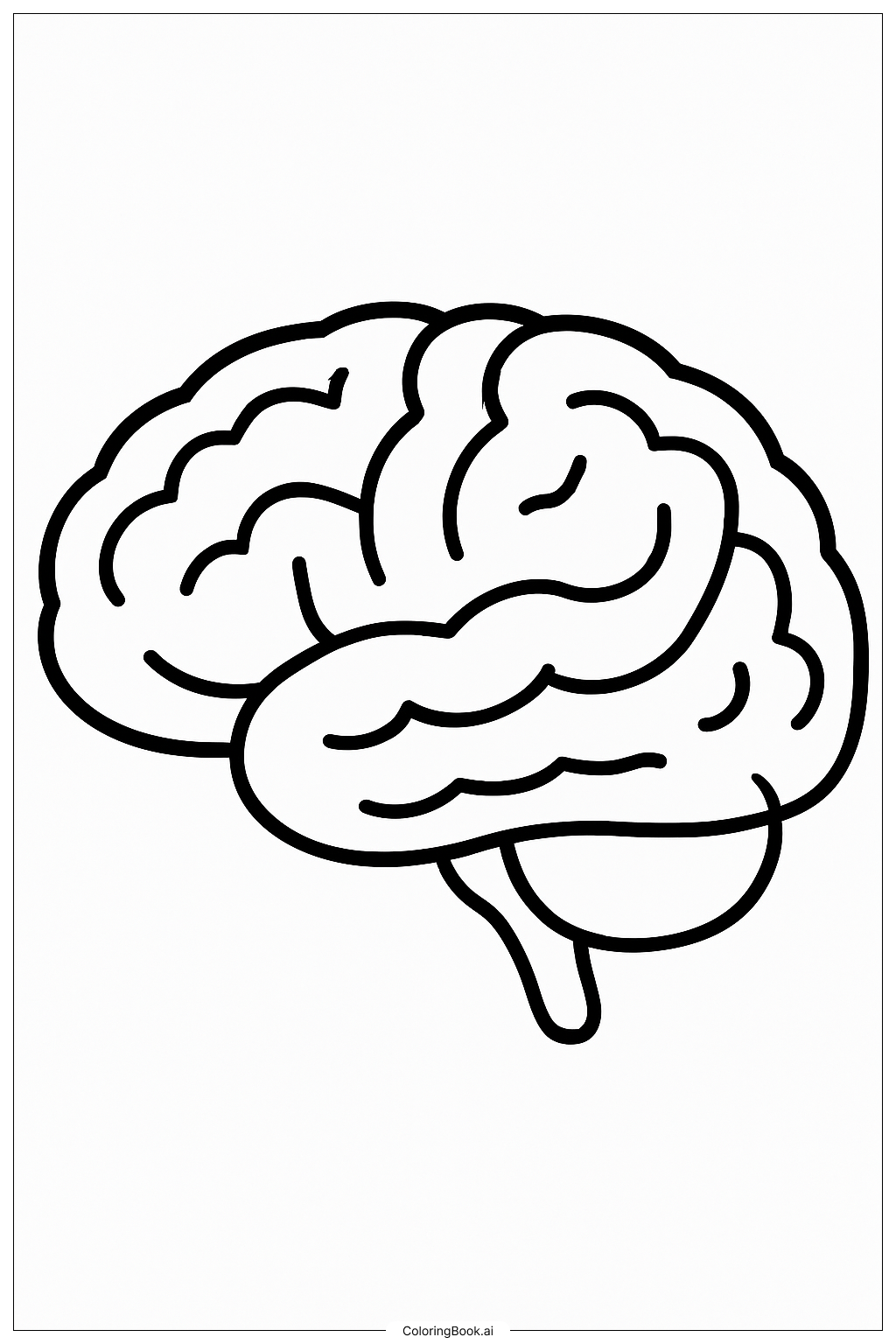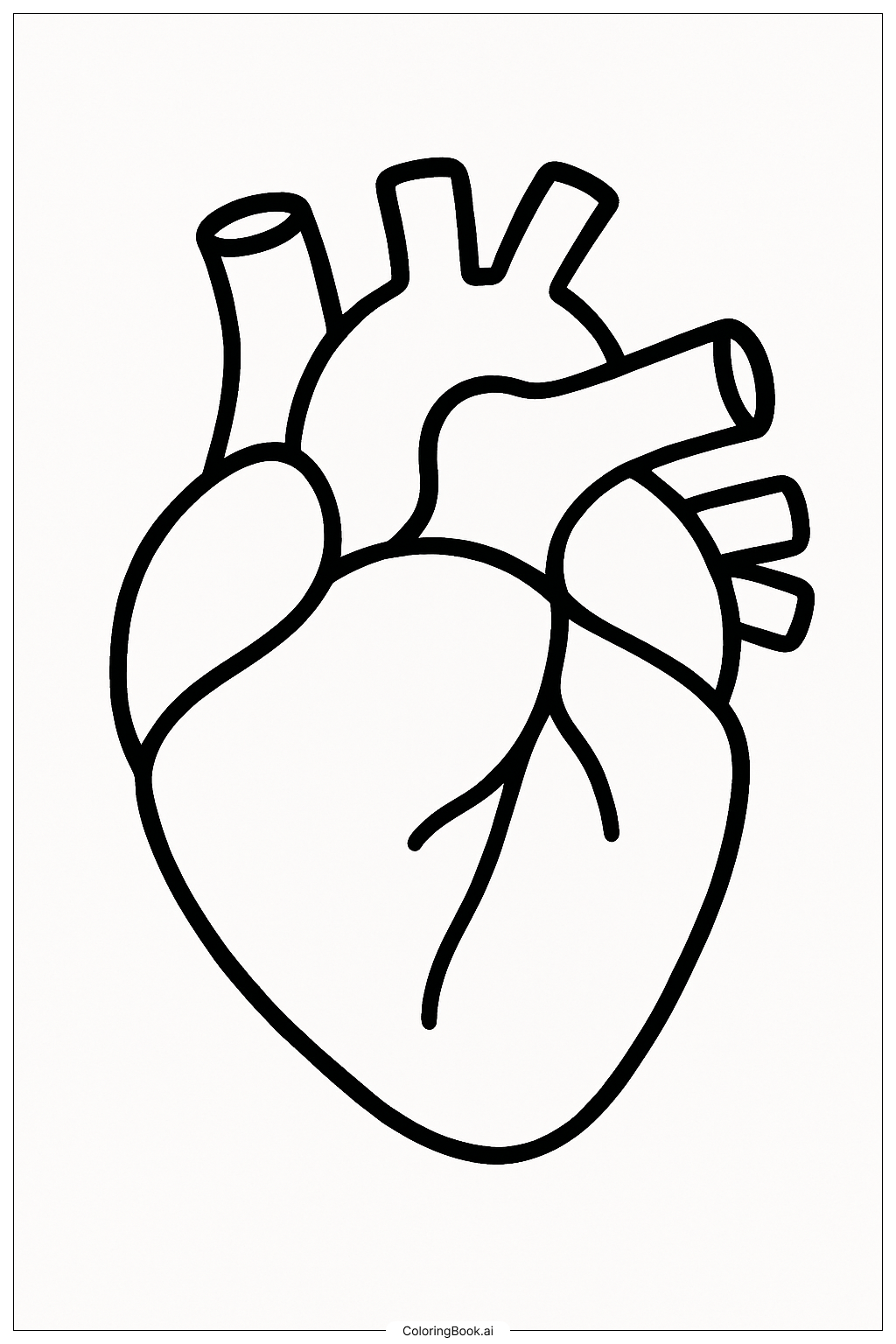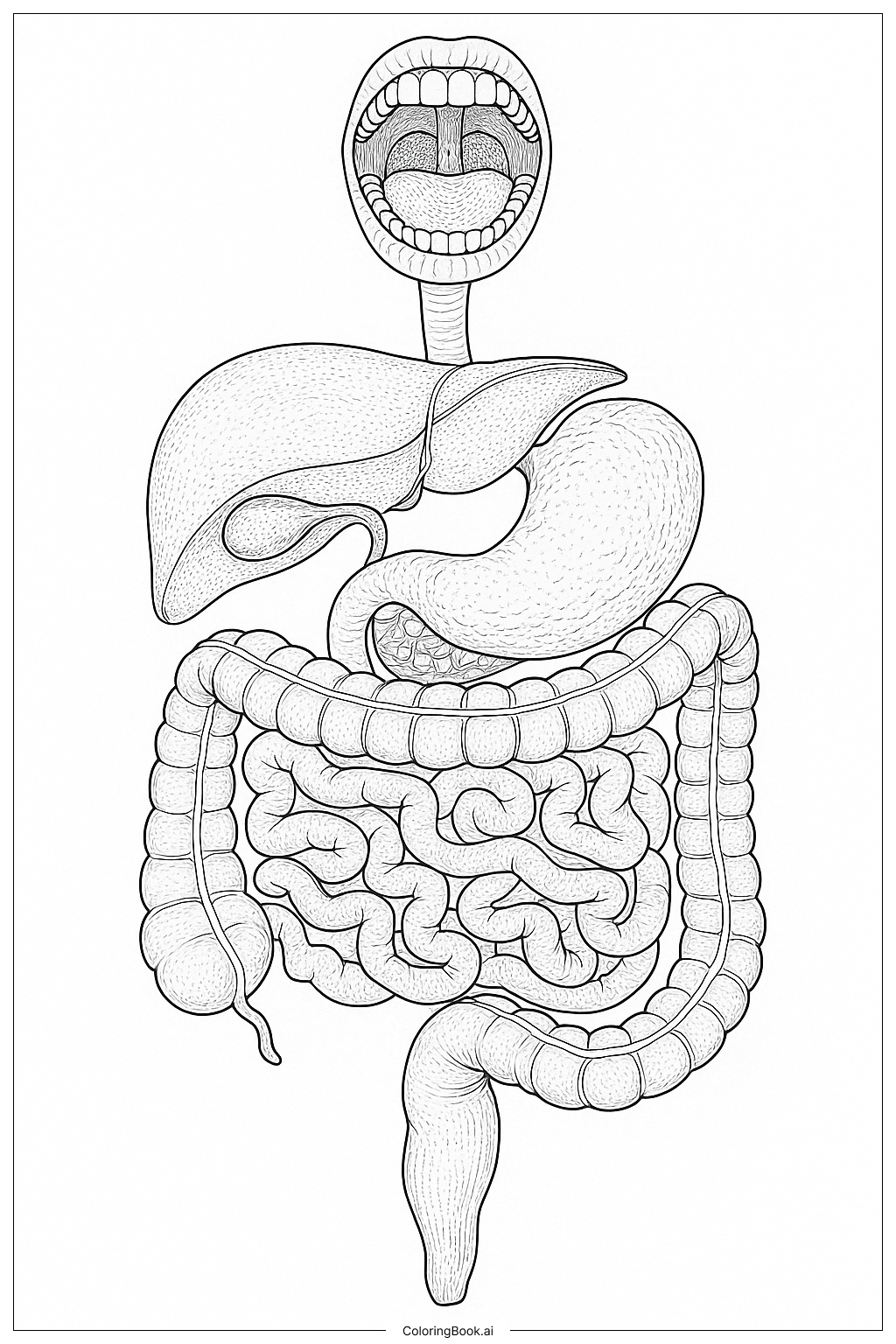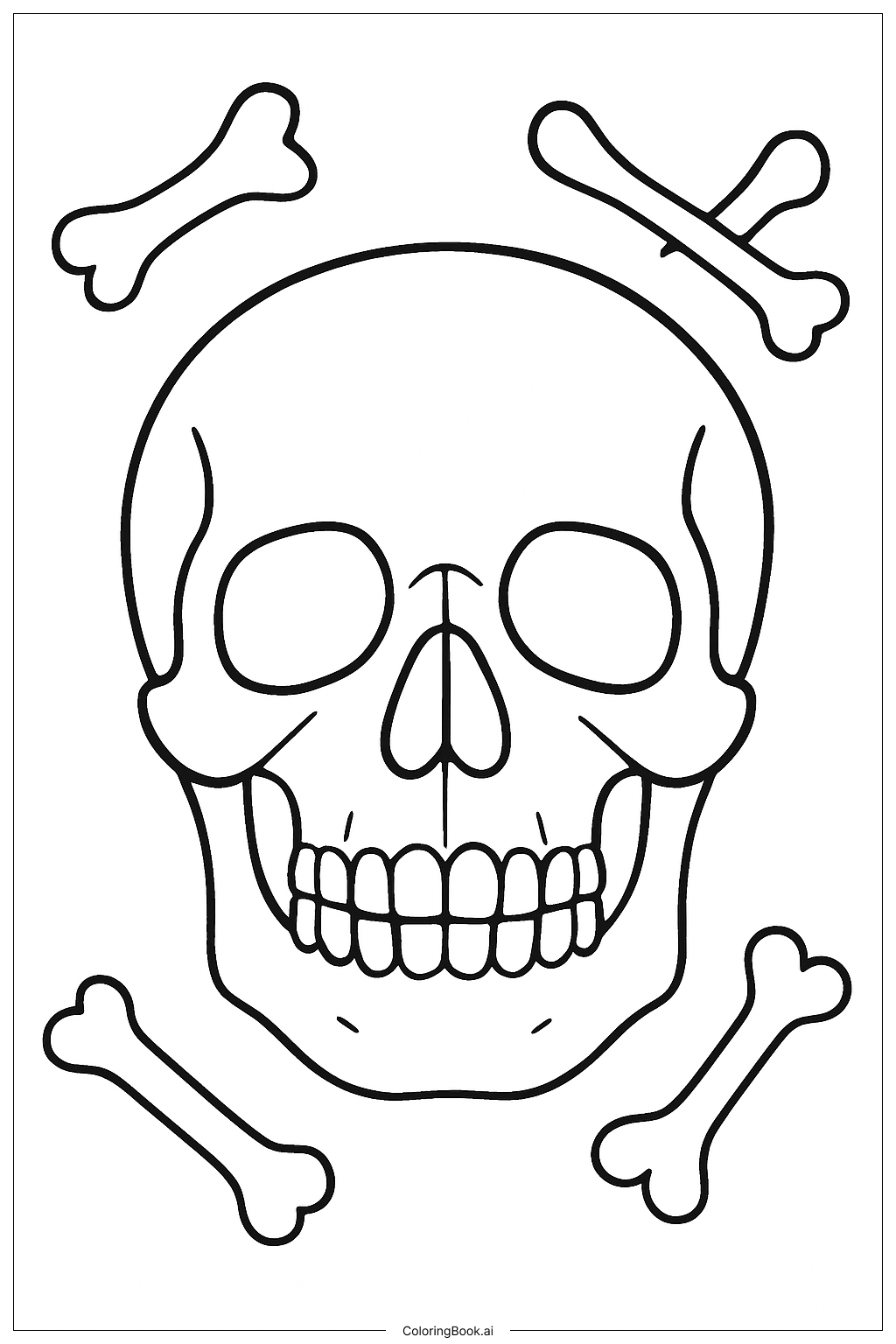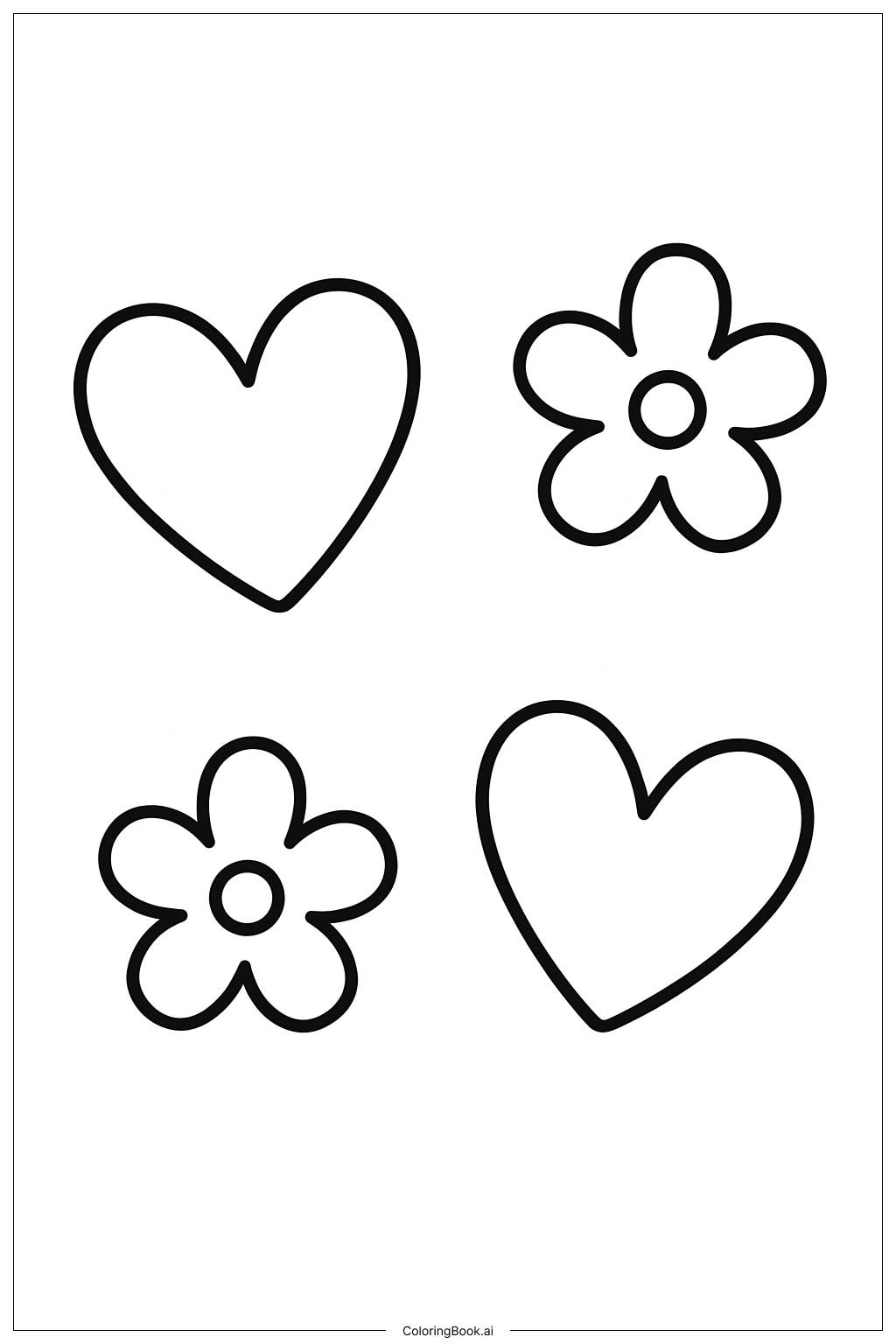Coloring tips: How to color Circulatory System Anatomy Map coloring page well?
Use red and blue colors to show the difference between arteries and veins. Color the heart in red and pink shades to highlight it. The lungs can be light pink or purple. Kidneys may be colored brown or red. Use lighter colors for smaller veins and darker colors for bigger blood vessels. Try to use contrasting colors to help the parts stand out. You can color the background softly so the main shapes remain clear. Take your time to color inside the lines carefully. Try different shades for variety and a realistic look.
Coloring challenges: Which parts are difficult to color and need attention for Circulatory System Anatomy Map coloring page?
1. The many small veins and arteries can be tricky to color without going out of the lines. It needs patience and careful hand control.
2. Some vessels are very close to each other, making it hard to color them with different colors without overlapping.
3. The detailed heart and lungs have small areas that require fine motor skills to color neatly.
4. Coloring the background without distracting from the main image may be difficult. It needs a light touch.
5. Understanding which parts to color red (arteries) and blue (veins) may need guidance because of the complexity of blood flow.
Benefits of coloring books: Advantages of drawing Circulatory System Anatomy Map coloring page
Coloring this image helps children learn about the human body and how blood moves. It improves hand-eye coordination and fine motor skills. By choosing different colors, kids can understand the difference between arteries and veins better. Coloring complex images also boosts concentration and patience. It makes learning about science fun and creative. This activity encourages curiosity about anatomy and health. It also helps develop color recognition and blending skills.
